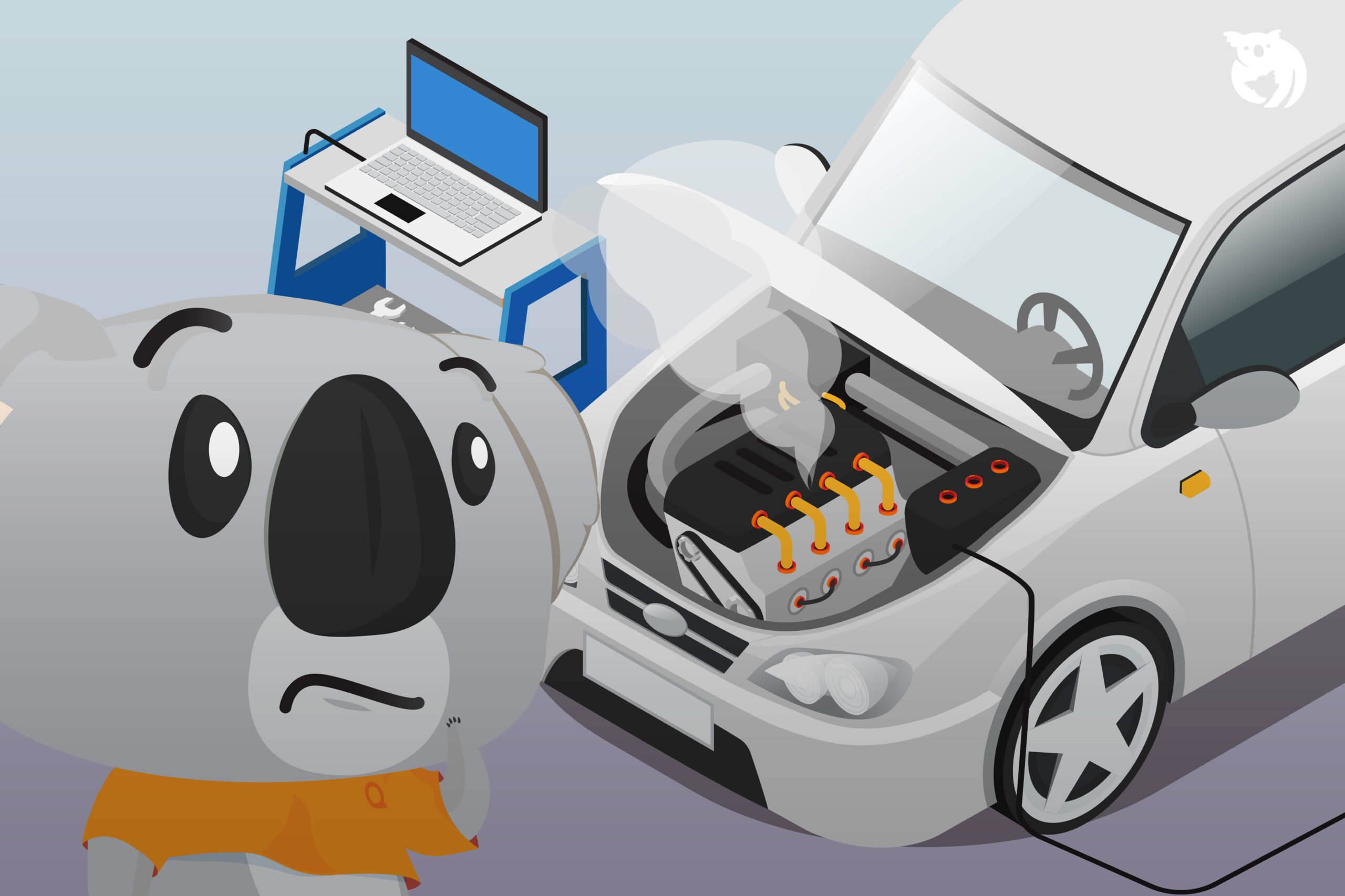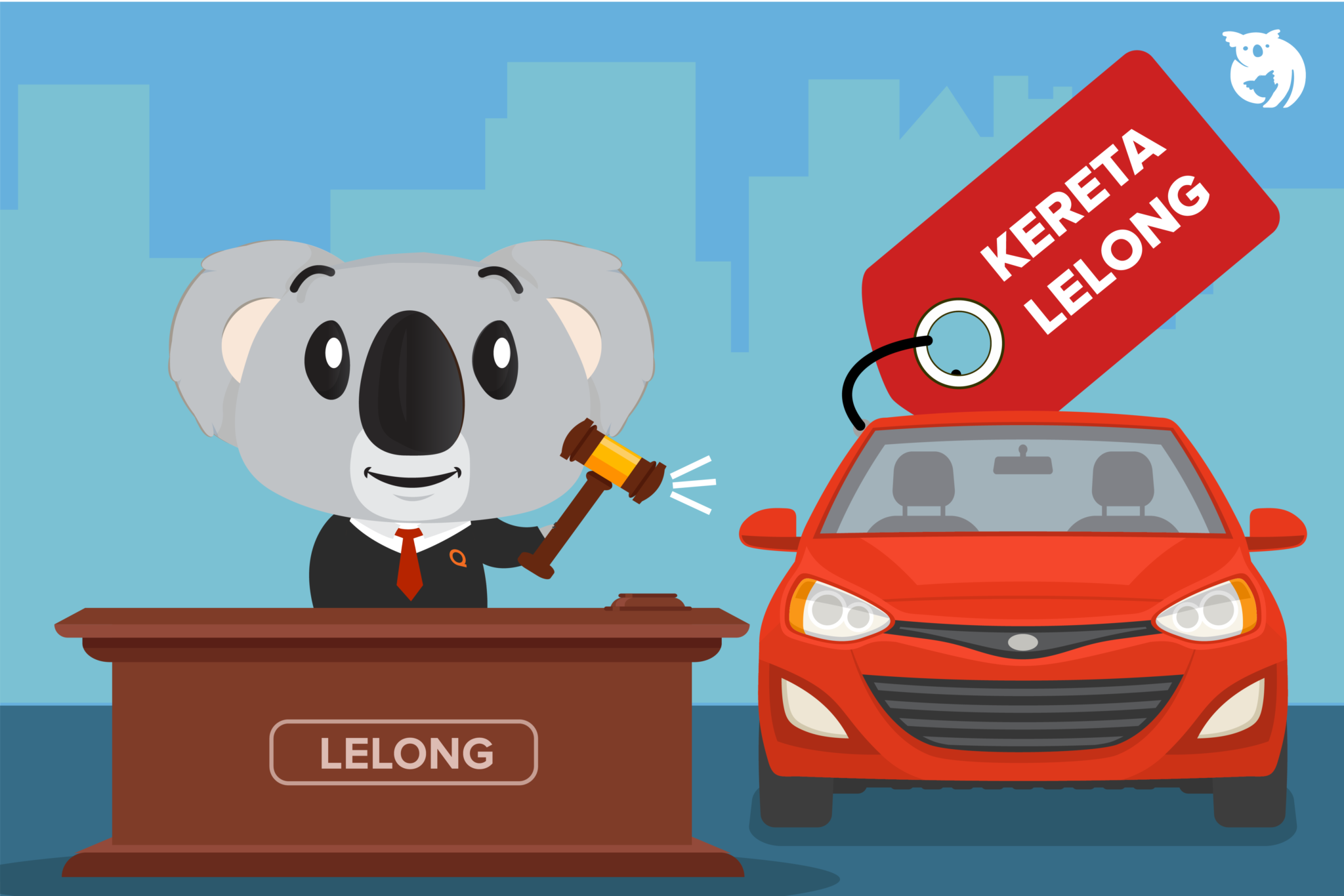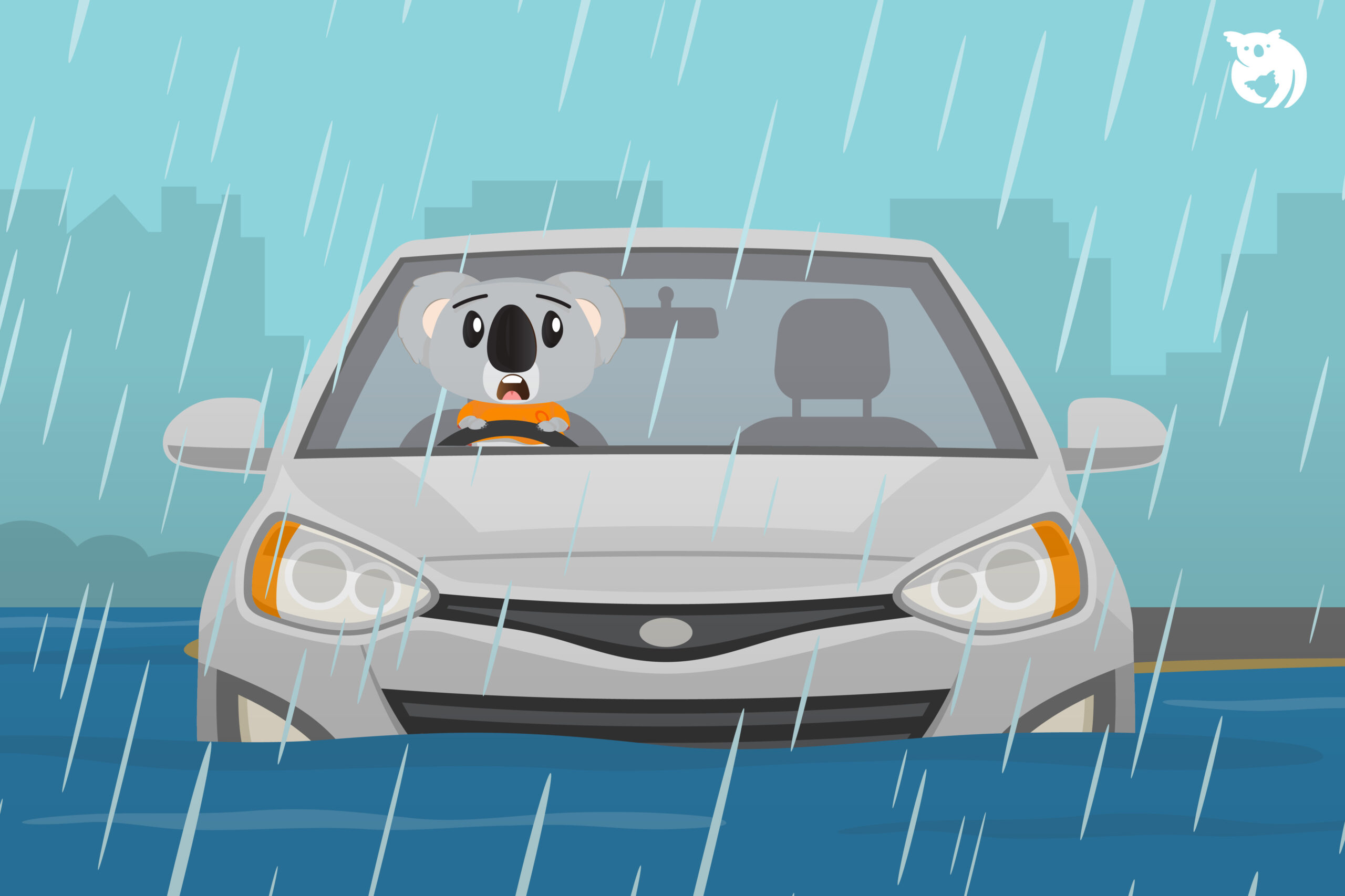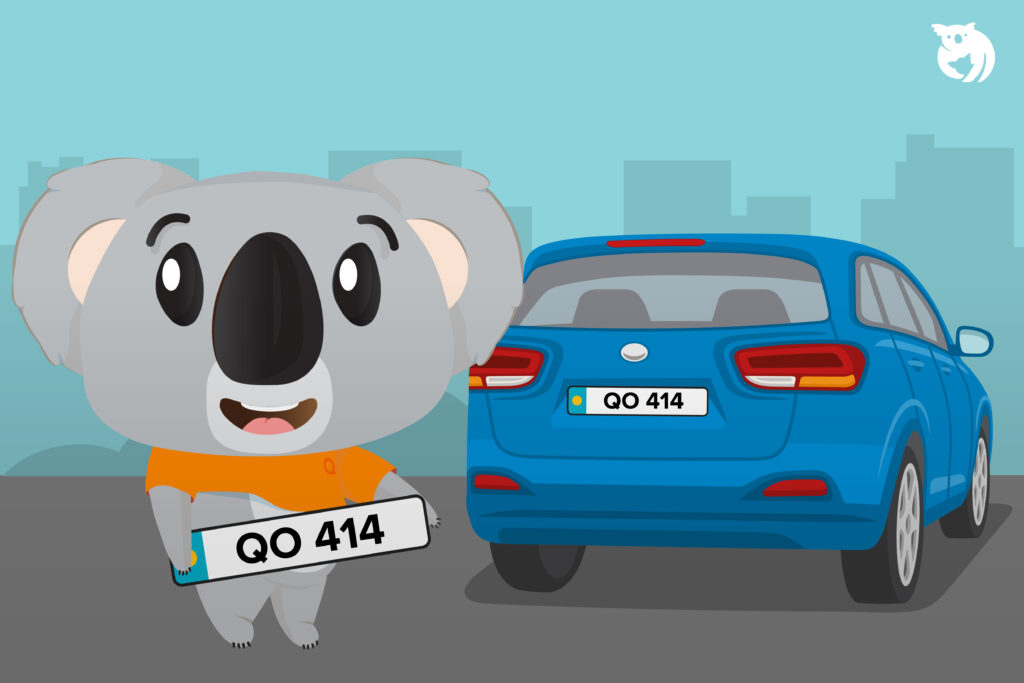Therefore, if the car ECU is faulty, it can lead to various other risks such as the car not starting, dashboard lights turning on, and so on. This article will help you identify the bad ECU symptoms and the causes of a bad car ECU to avoid further serious damage risks.
5 Important Things You Need to Know About Car ECU
You may have heard of a car ECU but may be unsure of what it is or what its function and role in the vehicle engine system is. Essentially, the electronic control unit (ECU) serves as the main electrical computer control center or system of a vehicle. Most important functions in modern cars today are controlled by the car ECU.
If a computer needs a CPU to operate, a car needs an ECU to control its components more effectively. Here are five things you need to know about car ECU for your reference and guide.
1. What is a Car ECU?
The engine control unit (ECU) connects the essential components of a car engine. The car ECU plays a role in controlling the performance and drivability of a vehicle. In addition, this component also manages the fuel-air ratio and engine timing. It also functions to obtain information from sensors in the car system to calculate and adjust the appropriate spark and fuel for maintaining the performance, power, and efficiency of the vehicle.
2. The Function of Car ECU
Basically, the car ECU plays a vital role in the vehicle system. Here are the functions of car ECU for your guidance:
- Controlling the air-fuel mixture used by the engine;
- Adjusting the ignition timing to provide better power and fuel savings;
- Controlling the speed, measurement, and opening of the valves according to the engine condition;
- Regulating the performance of the engine cooling fan;
- Activating the warning lights if there is a disturbance or damage.
3. Signs of a Faulty Car ECU
How do you know if your car’s ECU is faulty and needs to be repaired? Usually, a faulty ECU will display certain signs to warn the driver. If your car experiences these symptoms, it is recommended that you immediately bring it to a workshop for further inspection. Here are the signs of a faulty car ECU for your reference and guidance:
Decreased Engine Performance
If you find that your car is experiencing problems related to engine performance, it may be due to a fault in your car’s ECU. Usually, engine performance issues are closely related to the performance of this engine control module. A poorly functioning car ECU can affect engine idling, resulting in decreased internal combustion efficiency and compromised acceleration performance.
Engine Stalling or Misfiring
In addition to decreased engine performance, a faulty ECU can also cause the car’s engine to stall or misfire when accelerating. However, this problem does not occur all the time – usually, the car’s engine will misfire suddenly and return to normal at any time. If this situation occurs, bring your car to a workshop for a complete diagnosis.
Check Engine Light On
The Check Engine Light is part of the vehicle’s diagnostic system, also known as on-board diagnostics or OBD. OBD is an automotive term that refers to the vehicle’s ability to perform self-diagnostic and reporting capabilities. This means that the flashing or lit Check Engine warning light indicates that the computer system has detected potential problems with the engine, whether it be sensor or circuit damage.
In addition, here are some possible causes of the Check Engine Light:
- Blown car fuse;
- Risk of damage to car electrical components;
- Faulty or damaged car ECU;
- Faulty ignition coil or spark plug;
- Problems with car connections or fuses such as wear, damage, or looseness;
- Problems with the car battery.
Price of Car Computer Check
If the Check Engine light in your car is on, seek help from a mechanic to diagnose your car’s computer using a scanning tool (OBD reader) to help the mechanic determine the actual cause of the car’s malfunction more accurately. Accurate diagnosis can indirectly help address the problems that your car is experiencing properly. Code P0600 is the error cost related to damage to the car’s ECU. The price of a car computer check is usually around RM30 to RM50 (or maybe more) depending on your location and type of vehicle.
4. Car Consumes a lot of Fuel
A faulty car ECU can also be identified through the rate of fuel consumption. If your car is using more fuel than usual, it means that there is a possibility that your car’s ECU is experiencing problems. This is because the car engine faces difficulties in identifying the appropriate fuel rate to be delivered to the engine for the combustion process. This, in turn, causes the engine to burn more fuel to maintain its regular driving performance.
5. Car Cannot Start
If you are having trouble starting your car, there is a high possibility that it is due to a faulty engine control module. This situation occurs because the ECU is no longer able to send electronic inputs to the engine as usual. However, problems with the car not starting can also occur due to other issues such as a dead car battery, a faulty alternator, or a faulty spark plug. You are advised to take your car to the workshop for further inspection to identify the root cause of the problem.
5 Causes of Car ECU Failure You Need to Know
The ECU component generally controls almost all of the important systems and functions in your vehicle and usually, this component will show certain signs if it fails. If you are wondering about the cause of car ECU failure, this guide can help you. Qoala lists five causes of ECU failure for your reference as follows:
1. Dead Car Battery
The car battery is equipped with electronic cells that must function properly to ensure that the car ECU also functions. If the car battery is dead or the cells in the battery die, it can indirectly affect the performance of the car ECU. If left unattended, you may face problems with the car engine not being able to start.
2. Corrosion
The ECU component in the engine is equipped with a seal that functions to prevent moisture from outside air from entering the ECU. However, this seal is exposed to the risk of damage such as wear and rust which can easily allow outside air moisture to enter the ECU. Technically, air moisture is not good for the ECU as it can cause corrosion formation. If this corrosion is left unattended, it can cause the car ECU to fail and affect its function.
3. Faulty Car Starter
The car starter is an electrical device used to start the car engine and move the piston in the internal combustion system so that the engine can operate on its own. Typically, the car will produce a crank sound when the car engine is turned on. If this sound is not heard, there is a high probability that your car starter may be faulty and needs to be replaced.
Signs of a Faulty Car Starter
Like most other components, the car starter also shows certain signs of damage. You can detect early signs of car starter damage as follows:
- Car cannot start but the lights on the dashboard meter are on;
- Car cannot start and makes a ticking sound or car cannot start and makes a grinding sound;
- Engine parts emit smoke or smell of burning during engine startup;
- The car can start but does not turn on – the starter is activated, but the engine does not operate.
4. Low Voltage
On average, the ideal voltage rate for a car’s ECU is between nine to 12 volts (the higher the better). If the voltage rate is around six volts or less, it can cause problems with the car’s ECU. You can check the voltage rate of the ECU by using a voltmeter gauge that detects the amount of voltage flowing to the ECU.
5. Incorrect Jump Starting Method
Jump starting a car battery incorrectly can affect the car’s ECU. If you need to jump start a car, make sure that the jumper cables are properly connected. If not, it can cause unstable electrical flow and shorten the lifespan of your car’s ECU. Moreover, you may also need to spend more money on repairs that can cost thousands of dollars.
The Correct, Easy and Safe Way to Jump Start a Car Battery
How do you jump start a car battery correctly? Qoala lists nine easy and safe steps to help you jump start your car:
- Turn off the engine and make sure that the equipment and electrical systems of both cars, such as the headlights and radio, are turned off;
- Park the vehicles as close as possible to enable the jumper cables to reach both the positive and negative terminals of both cars;
- Connect the positive terminal of the donor car to the positive terminal of the dead car. The positive terminal is usually covered with a red plastic cap with a plus (+) sign;
- Repeat the same step by connecting the black jumper cable clip to the negative terminal of the donor car battery and attach the clip to any unpainted metal object, such as the front hood support rod;
- Start the donor car’s engine and wait for a few minutes;
- Then, start the engine of the dead car. If the engine still cannot start after several attempts, it is likely due to another problem besides the battery;
- If the car engine starts, let it run for five to 10 minutes;
- Disconnect the jumper cables in the reverse order of the connection process – the black cable from the dead car, the black cable from the donor car, the red cable from the dead car, and the red cable from the donor car.
- Drive the car at normal speed for about 10 to 30 minutes to recharge the battery.
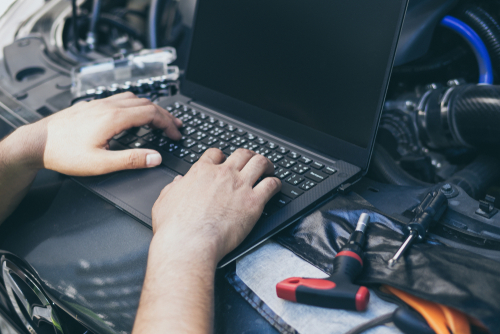
Bad ECU Symptoms: Estimated Cost of ECU Replacement
The cost of repairing a car’s ECU can be quite high, and the rate usually depends on the brand and model of your car. For example, the cost of replacing the ECU components of a Myvi car can range from RM350 to RM1,200. However, there is a cheaper alternative to consider, which is to repair and reprogram the damaged car ECU (refurbished ECU). Used ECUs can usually be found at a much lower price, around RM300 to RM500, depending on the type of ECU, the level of damage, and the quality of work.
How to Repair or Reset a Car’s ECU
Besides replacing the ECU, you can also reset the car’s ECU to save on expenses. Here are two steps to reset the car’s ECU to ensure it functions properly:
First Method
To reset the problematic car ECU, you need to disconnect the negative cable of your car battery and leave it for about 10 minutes. After 10 minutes, reconnect the negative battery cable and start the car engine.
Second Method
If the first method fails, you can reset the car’s ECU by removing the ECU’s fuses and relays, leaving them for about 10 minutes. Then, reconnect them and start the car engine.
If both methods fail, it is recommended to take your car to a workshop for further inspection by an expert to determine the root cause of the problem and avoid more serious damage.
Additionally, if you want to purchase the best car insurance protection for your car, visit the Qoala website for further information. Qoala is an insurance platform that offers a range of cheap and best car insurance options for your selection.

 EN
EN
 MY
MY

